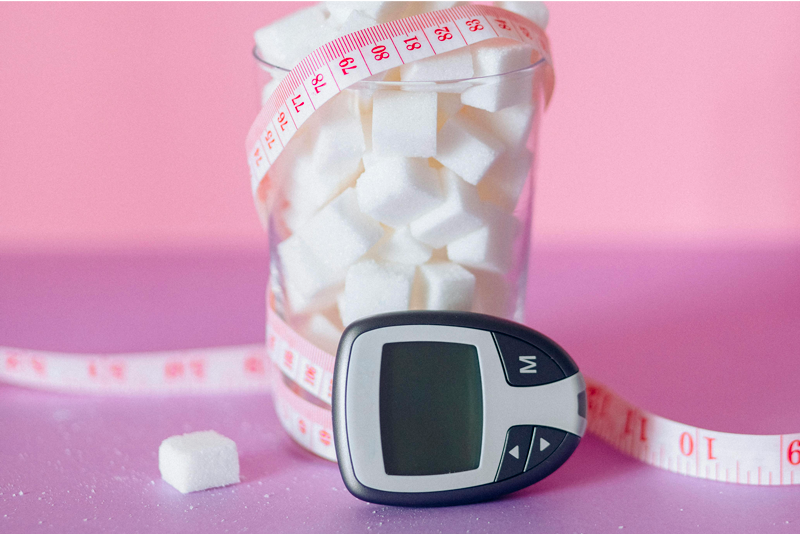
Diabetes is a genuine health threat worldwide, with the number of people affected constantly growing, regardless of socio-economic status and country of residence.
By 2019, more than 463 million adults were living with diabetes and that number is expected to rise to 700 million people by 2045.
Type 2 diabetes, which affects more than one in 11 people, is a disease that can develop slowly and silently. Risk factors can raise the alarm, such as abdominal weight gain, abnormal thirst, repeated urinary tract infections etc.
Beyond medical prescriptions and recommendations, there are also associations and websites that can help you understand what prediabetes and diabetes are, provide good advice and even support those who want to combat what has been called the disease of the century.
Prediabetes to detect diabetes
Unlike type 1 diabetes, type 2 does not come on suddenly. Indeed, the patient experiences a period, more or less long, of glycaemic dysregulation called prediabetes.
Prediabetes is a blood sugar disorder characterised by a high fasting blood sugar of between 1.10 g/L and 1.25 g/L (normal fasting blood sugar is under 1.10 g/L). Prediabetes therefore indicates a greater risk of developing type 2 diabetes.
Understanding what prediabetes is can help prevent disease because it can be reversible with the help of diabetic health measures (stopping smoking, weight loss in cases of overweight or obesity, balanced diet etc.) Knowing how to detect it is a major factor in combatting diabetes.
Medical information now available to everyone
One in two people with diabetes or prediabetes goes undiagnosed, representing almost 232 million people globally.
The failure to diagnose diabetes increases the risk of serious and even fatal complications requiring extensive medical care that can affect the quality of life of patients and their families.
The lack of information and awareness among people at risk(risk factors, diabetes symptoms, good habits etc.), and also among health professionals, delays early diagnosis and access to the appropriate care. Below we offer some sources for learning about diabetes.
International Diabetes Federation Atlas
At a global scale, the IFD Diabetes Atlas provides a very comprehensive overview not only of diabetes but also prediabetes.
The IDF Diabetes Atlas is an interesting source for anyone concerned with diabetes (patients, relatives, doctors etc.), but it is mainly designed for decision-makers (government, private sectoretc.) in diabetes care and prevention for people at risk and anyone involved in combatting diabetes.
Nutritional advice sites to support prediabetics
When prediabetes is suspected, and especially when a person hasrisk factors, changing eating habits is essential.
Dietary change should not be a long list of prohibitions but, on the contrary, should be an incentive to change your diet in terms of both quality and quantity. In short, look for anything that can naturally lower blood sugar, such as 100% natural Pep2Dia food supplements derived from milk.
Our latest publications
Want to learn more about topics related to blood sugar management?
Here are our most recent blog posts!



